by Lottie Hayton.
On Saturday July 25, 1914, a remarkable event took place, which foreshadowed the horror of – and heroism displayed in – the First World War.
In the grounds of Thorngrove House, Gillingham, Dorset, home of Sir Harold and Lady Pelly, a Red Cross field-day was held. Over the course of the day the chain of events that would occur in the event of an invasion by a foreign force were enacted and practised.
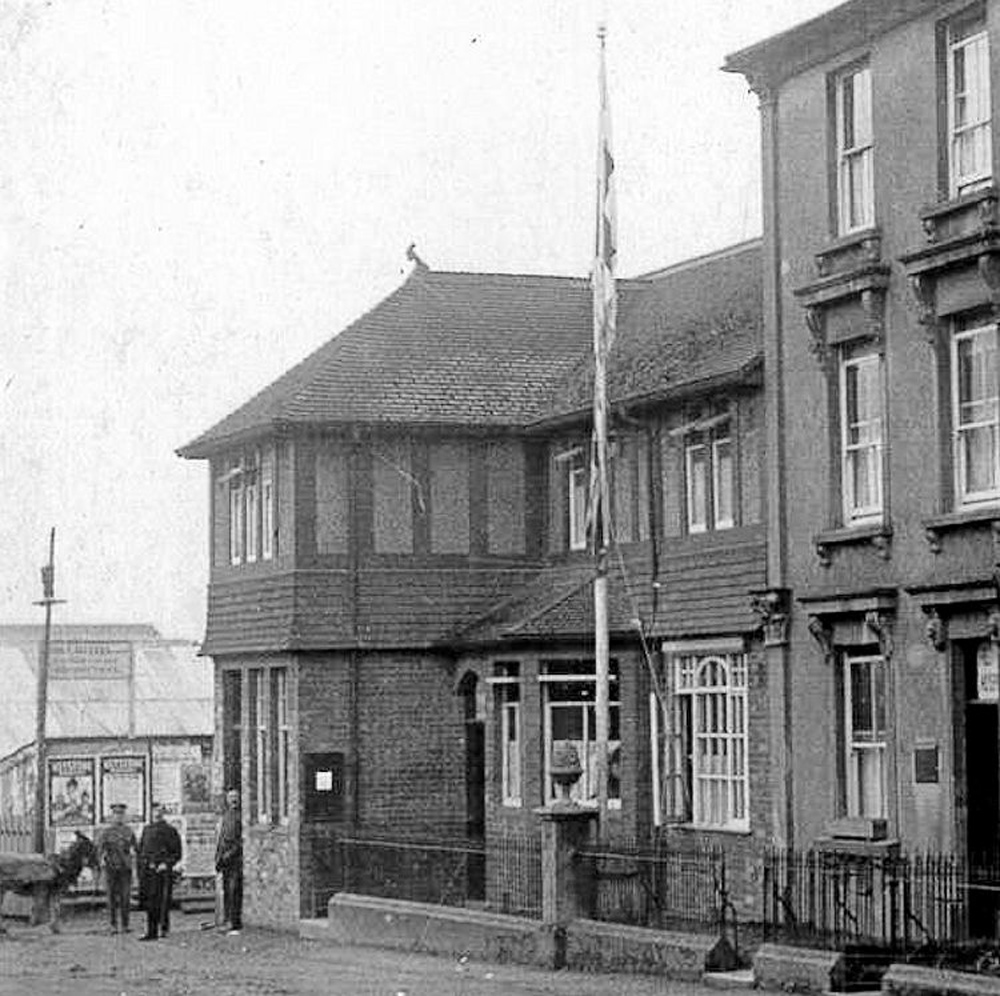
Miss Dunn’s High School for Girls was one of two buildings in Gillingham requisitioned to provide hospital service (all photos used courtesy of Gillingham Local History Society)
Earlier that year, a fundraising event had been held in aid of the local Red Cross detachment at which Viscountess Portman, President of the Dorset branch of Soldiers and Sailors Families Association, paid tribute to the local Red Cross branch’s work.
By July, and following the assassination of Archduke Franz Ferdinand and his wife Sophie in Sarajevo on June 28, the distant rumblings of a potential war seemed more threatening.
Demonstrations included first aid, cooking, nursing and stretcher bearing and were attended by commandants of the men’s and women’s Voluntary Aid Detachment in the Shaftesbury division of the Red Cross Society.
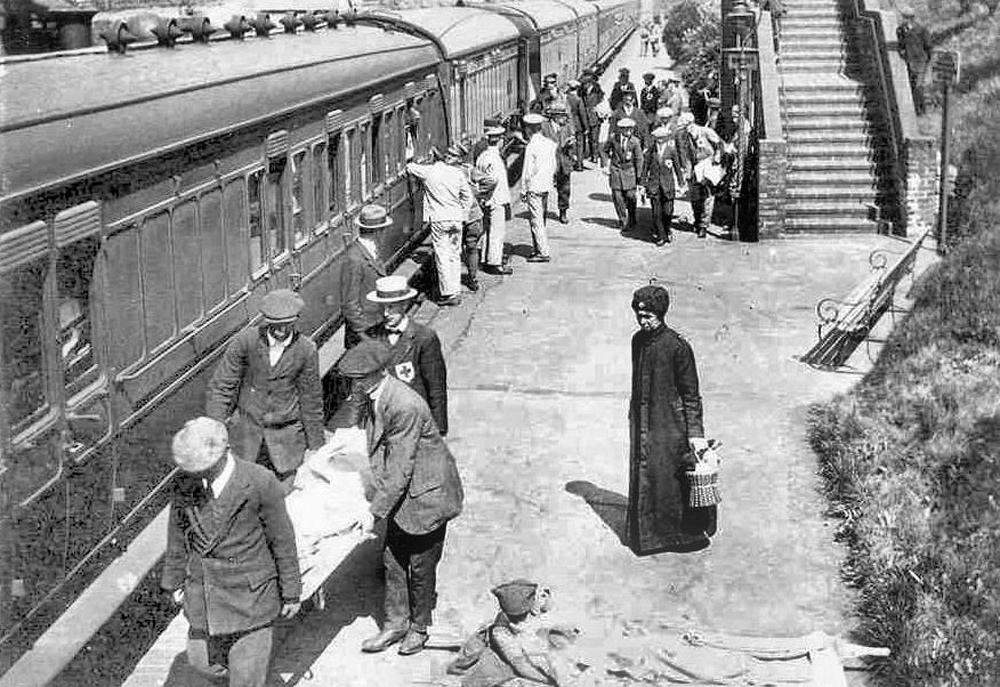
Volunteers from the town, including boys from the grammar school, collected soldiers from the station (all photos used courtesy of Gillingham Local History Society)
Britain declared war on Germany on August 4, 1914 and British troops landed in France on August 7. In Gillingham, preparations were underway to provide medical support and the Market Hall, Grammar School and Council schools were put forward as locations to treat wounded soldiers from the front.
Townsfolk offered bed linen, beds and other supplies and in October, the Gillingham detachment was notified that they were to care for sick soldiers from Kitchener’s Army recruits.
Two buildings were eventually requisitioned in the town to provide hospital service under the Red Cross: Miss Dunn’s High School for Girls on the corner of Station Road and Buckingham Road and Plank House, Wyke Street, belonging to local solicitor Henry Wyld.
Lady Pelly, organiser of the July field day, became the first Commandant of Plank House while a Mrs Leatham was the Commandant of the Station Road Hospital.
With help from local residents, Mrs Leatham had prepared 25 beds at the Station Road hospital by 20 October, ready to receive the first five casualties on the following day.
Plank House, meanwhile, housed 12 beds, six of which were in open-air shelters in the garden. It was mainly used for septic and tuberculous cases and was mobilised on October 30. The Matron was Lady Superintendent Mrs E E Mary Farnfield ARRC.
The hospitals faced ongoing resourcing challenges: they were paid a paltry two shillings per patient, per day, and nurses and doctors were in shorter and shorter supply as the war went on.
However, local appeals continued to top up supply shortfalls and archive images show how many in the town offered help, including local Grammar School boys. Many of the sick arrived by train into Gillingham station and were collected by members of the Voluntary Aid Detachment and the boys.
The biggest challenge came on June 28, 1917, when a violent storm burst the dam at Gaspar, causing the overflowing River Stour to flood Bourton and Gillingham. Plank House was the worst hit.
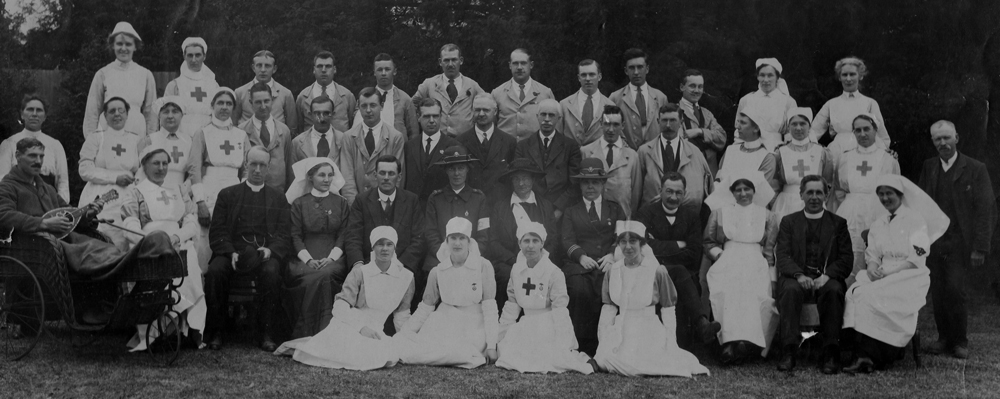
Plank house staff and patients
Dr Farnfield, with the help of two soldiers, had to fight open the gates and he and the other staff worked desperately to save patients. Due to their efforts, no lives were lost.
Both hospitals overcame significant challenges over the course of the war. By the time Plank House hospital closed on January 20, 1919, 616 army sick and wounded had been cared for. The matron, Mrs Farnfield, was decorated with the Royal Red Cross by Queen Alexandra.
When Station Road Hospital closed on March 6, 1919, the total number of admitted patients stood at 792, but local reports suggest the figure was higher.
Today, part of the Station Road hospital, a hut given by the Trustees to the Gillingham branch of the Comrades of the Great War, is the British Legion Clubhouse on School Lane.
In August 2014, blue plaques were placed by Gillingham Local History Society on the former hospital buildings and the clubhouse in recognition of the invaluable work done by the two hospitals during the First World War.
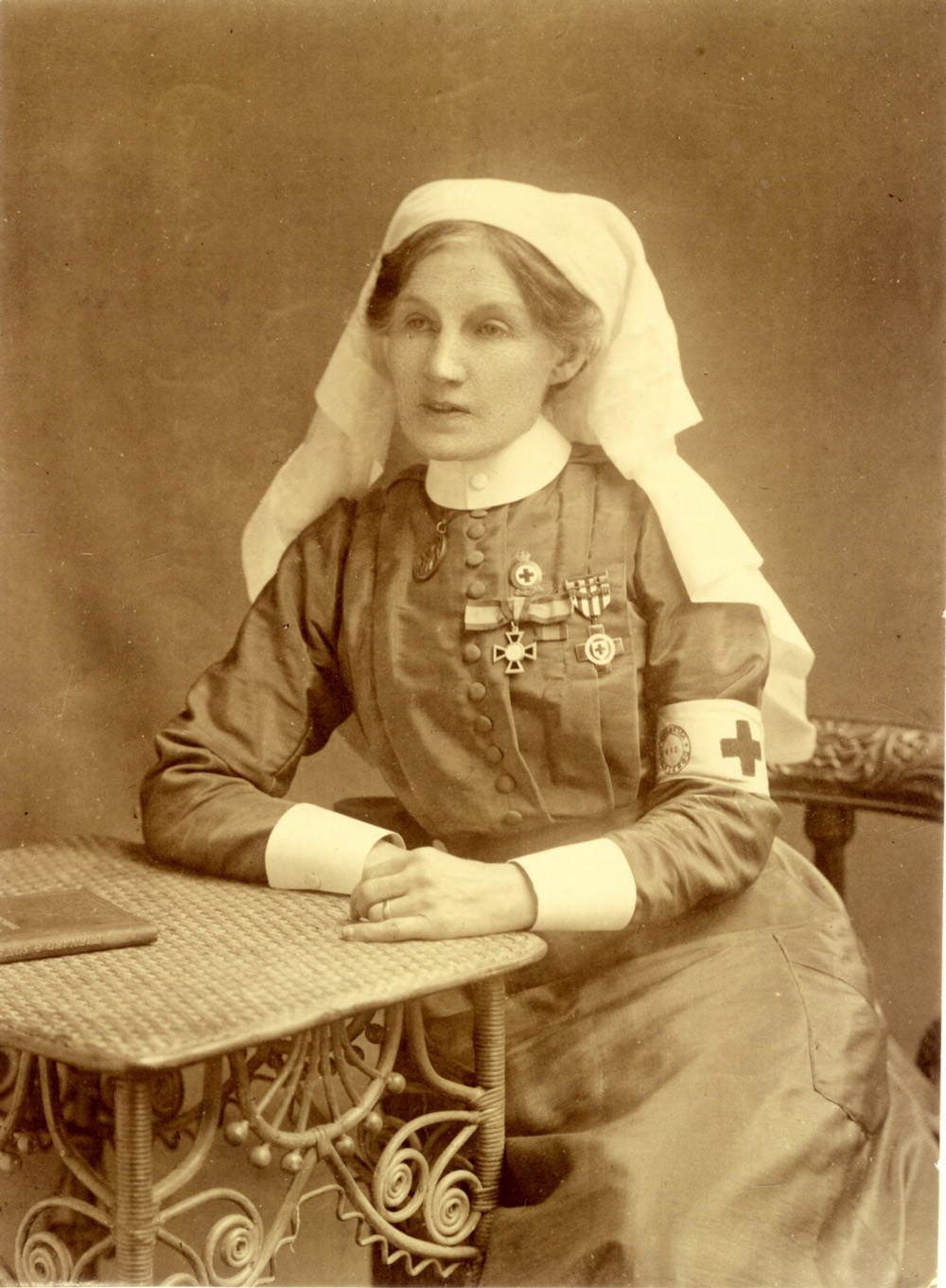
Lady Superintendent Mrs E E Mary Farnfield ARRC was Matron at Plank House during WWI and was awarded the Royal Red Cross
Thank you to David Lloyd, Chairman of the Gillingham Local History Society and the other Society volunteers for their help and information provided.






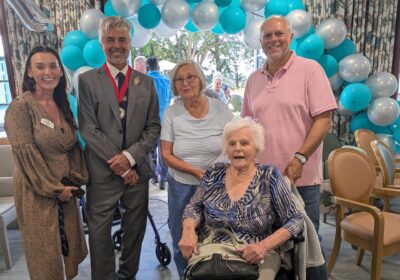




Leave a Reply